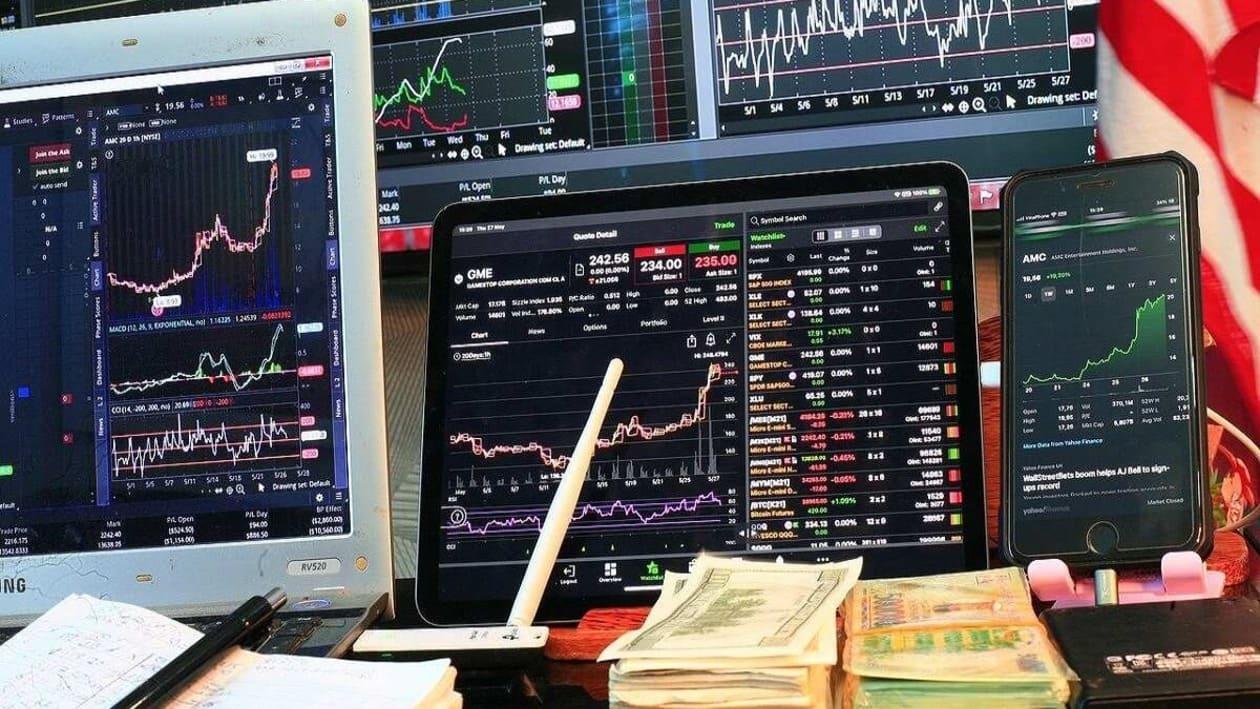The Index of Industrial Production (IIP) went up marginally in January 2022 showing growing signs of pressure on the Indian economy. Industrial output as measured by the IIP edged up to 1.31 percent in January, the second-lowest reported growth so far this financial year. In December, the country's industrial activity had slumped to a 10-month low at 0.7 percent.
IIP index takes into account all goods produced in factories located in a country's borders.
Morgan Stanley has slashed India's economic growth forecast by 50 basis points to 7.9 percent for the financial year 2022-23. Furthermore, the US investment bank and financial services company raised the country's retail inflation estimate to 6 percent.
Economy in the slow lane?
The stress on the economy may rise going forward thanks to the ongoing Russia-Ukraine war which has spiked the crude oil and other commodity prices, pushing inflation to higher levels.
Analysts have started to point out that a sustained spike in inflation may be on the cards since consecutive sanctions imposed on Russia have spurred an unabated surge in commodity prices and even while India is better prepared, it is not immune to these events.
The third-quarter GDP data showed Indian industry grew at a subdued pace, attributable primarily to the sluggish domestic demand.
"While a large segment of our population struggles with stagnant or declining incomes and rising living costs, the current private demand evident is more so emerging from the upper end of the pyramid. This, combined with persistently rising inflation, may point to the emergence of a stagflationary situation wherein economic growth momentum moderates," Yesha Shah, Head of Equity Research, Samco Securities, observed.
Shah believes if commodity prices continue to rise unchecked, businesses across industries will be forced to pass on some price increases to consumers in order to safeguard their margins. This would be a double whammy for them since price rises might dampen demand, affecting both the top line and bottom line. This may eventually create a slowdown in the trend of corporate earnings growth, resulting in more earnings downgrades than expected.
Furthermore, this can be a major blow to RBI's inflation stance and might lead to a precarious situation, especially given that the central bank may still want to nurture growth.
"Overall, India's economic growth remains weak. According to our in-house indicators, India's Economic Activity Index (EAI) for GVA grew 2.5 percent year-on-year (YoY) in January 2022, slower than 4.5 percent in December 2021 and 4 percent in Q3FY22. It is likely that activities picked up slightly in February 2022," said Nikhil Gupta, Chief Economist at Motilal Oswal Financial Services.
Kotak Securities in a report highlighted that India's FY23 real GDP growth may come between 7-8.1 percent.
"Under various scenarios of average crude prices (US$120-80/bbl), we estimate FY23 real GDP growth between 7.0-8.1 percent. Given the volatility in commodity prices and probable outcomes of the geopolitical tensions, the adverse risks to India’s inflation and growth outturns remain high," Kotak said.
What should investors do?
Shah of Samco Securities said while the long-term implications of the war would be unpredictable, investors should be wary of the possible macroeconomic challenges that India may confront. Considering this, investors can be overweight in sectors that are both inflation and demand resilient.
Kotak Securities believes the recent sharp correction in the market has made valuations more palatable. Besides, the impact of higher crude prices on earnings for consumer-facing stocks may not be too harsh and their lower contribution to aggregate earnings may get counter-balanced by higher earnings in global commodities and IT sectors if crude oil prices were to remain around current levels for a limited period.
"We find reasonable risk-reward balance in some sectors such as (1) banks and diversified financials, (2) capital goods, (3) real estate and (4) specialty chemicals, while valuations of most ‘growth’ stocks remain rich," said Kotak Securities.
(The views and recommendations made above are those of individual analysts or broking companies, and not of MintGenie.)
